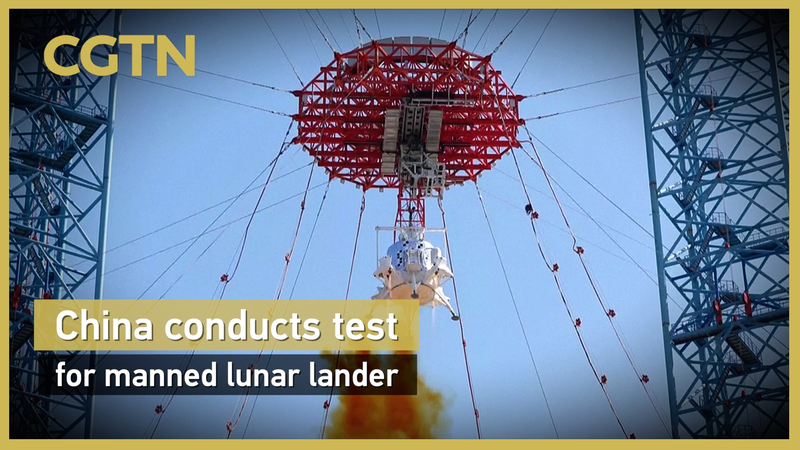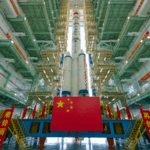Historic Leap for Lunar Exploration
China has completed its first successful landing and takeoff test of the Lanyue lunar lander, a critical milestone in its ambitious crewed moon exploration program. The test, conducted at a site in Hebei Province, simulated extraterrestrial conditions to validate key systems for future missions.
Validating Lunar Capabilities
The China Manned Space Agency (CMSA) confirmed the test assessed the lander's descent/ascent mechanisms, engine shutdown protocols, and integration of guidance and propulsion systems. This marks China's first end-to-end demonstration of a crewed spacecraft's lunar surface capabilities.
Lanyue's Dual Mission Profile
Designed as a two-module system, Lanyue can transport astronauts, rovers, and scientific equipment between lunar orbit and the surface. Post-landing, it transforms into a multifunctional hub providing living quarters, power management, and data relay services – enabling extended astronaut stays during surface operations.
Next Steps in Space Ambitions
This achievement strengthens China's position in the global space race, with analysts noting its implications for international lunar research collaborations. The test brings Beijing closer to its goal of landing astronauts on the moon before 2030, potentially reshaping Asia's role in space exploration.
Reference(s):
China completes first landing, takeoff test of manned lunar lander
cgtn.com








